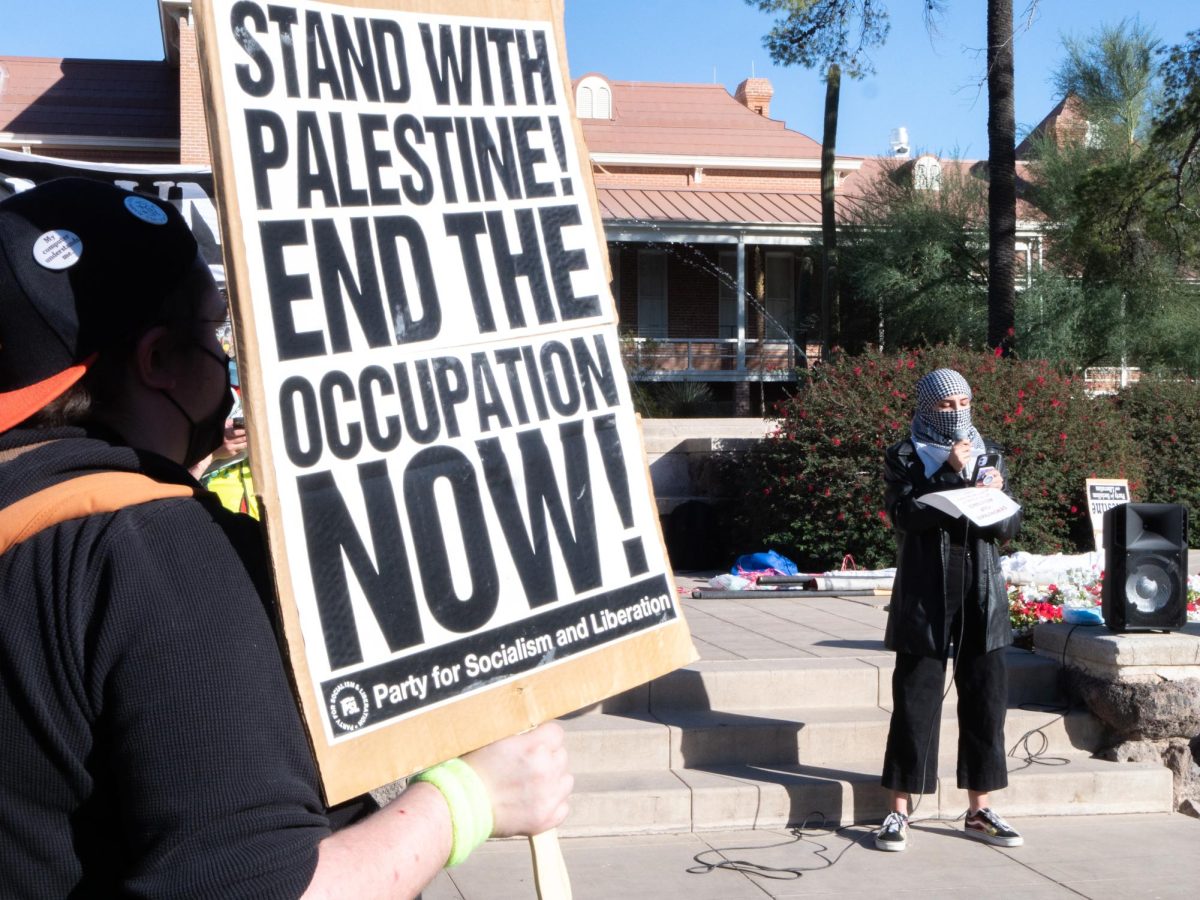“”It’s time for a new rock ‘n’ roll age,”” Corin Tucker shouted on Sleater-Kinney’s 2000 album All Hands On The Bad One.
She was, of course, referring to a time when all-girl bands would cease to be considered second-rate musicians, measured constantly against their male counterparts.
She couldn’t possibly have been predicting the present-day soundscape, as a look around reveals a disheartening lack of truly inspired female bands rocking out – unless you count the bland panorama of cutesy Southern belles and Eurotrash sex kittens.
Sure, to some, the the story of women in rock is a tired dialogue. But it’s not just rock ‘n’ roll that’s lacking. How many female stand-up comedians, for example, can you name off the top of your head? Ones that are actually funny? Sarah Silverman. Margaret Cho. Tina Fey. Amy Sedaris. Here’s another non-surprise: All these comedians are, by most people’s standards, quite attractive.
They succeed because they’re willing to make themselves ugly for the sake of entertainment, just as ’90s riot grrrls like Kat Bjelland and Kathleen Hanna fully embraced being angry to get their message across. Even bands without a political bend still had to acknowledge they were operating within a framework that wasn’t ready to accept them. Consider Liz Phair’s debut album Exile in Guyville, which referred to the male-dominated indie rock scene at the time and parodied the Rolling Stones’ Exile on Main Street on the cover. Her liberated, often raunchy songs are played out now; Gwen Stefani has apparently sacrificed her originality to make bank copy-catting M.I.A.; Sleater-Kinney and Le Tigre are basically defunct.
It must be lonely being Karen O these days, because alongside her pictures in feminist magazines are bands like the Pipettes, the Brunettes and the Ettes. You know the type: They look like models, wear tons of black eyeliner and polka-dots and sing retro girl pop or Belle and Sebastian-esque twee.
It sort of begs the question: When a generation of renegades has moved on, is it up to younger girls to start bands and pick up where they left off? In some sense, it’s not exactly progressive anymore to view female musicians as spokeswomen who make particular “”contributions”” to the feminist cause. Wouldn’t that be presumptuous, maybe a little patronizing? Maybe so, but the fact is there aren’t a lot of female musicians outright subverting traditional beauty standards – which can only suggest they’re more or less satisfied. It’s a little boring.
In the last few years, the prevailing theme seems to have shifted from focused aggression to an empowered re-creation of manufactured styles. Take the slightly gimmicky Puppini Sisters, who cover hits from the ’80s (and other decades) in a 1940s close harmony style. Or the Detroit Cobras, a garage band that covers old-time obscure rock ‘n’ roll, blues and soul songs. In imitating songs and styles that were originally sung by women yet orchestrated by men – the Cobras’ sound is in part influenced by Phil Spector girl groups like the Ronettes – these bands claim said styles as their own.
The Detroit Cobras are somewhat of an anomaly, because unlike the Pipettes and the other “”neo-girl-groups”” that have sprung up, they don’t strictly play girl-group material – nor do they take any pains to look the part. They’re women you wouldn’t dare piss off, but not because they’re screaming “”White boy/don’t laugh/don’t cry/just DIE!”” (a la early ’90s Bikini Kill.) They’re just having fun, damn it, and the last thing they care to do is waste energy telling off a few lecherous jocks.
Original riot grrrl has always involved fashion, so to dismiss a band for wanting to look pretty is just as sexist as expecting them to look pretty. There comes a point, however, when dressing up retro and singing Shirelles-meets-punk-rock songs starts to feel overwhelmingly contrived.
It’s possible that the need for controversial feminist artists has tapered off. For what it’s worth, there are a lot more women at punk shows nowadays. I can’t speak about every venue in America, but my only bruises from the X concert at the Rialto last Saturday were from being pummeled by girls who apparently assumed I was part of the mosh pit (or at least not too big of a wuss to keep them contained. Good thing there was a bouncer.).
A big part of the 1996 DC riot grrrl movement was a reaction to hardcore shows being not only misogynistic and unwelcoming but physically dangerous for girls. For a generation coming of age while there are just as many women as men at concerts, and while satirical variety shows are part of the regular nightlife, it’s hard to imagine going to any event in Tucson and feeling threatened for having ovaries.
Has the “”new rock ‘n’ roll age”” already come, or has it merely taken on a different face – and is it one of apathy, irony, or straight-up not giving a damn? Only a few more years of rock shows will tell.








